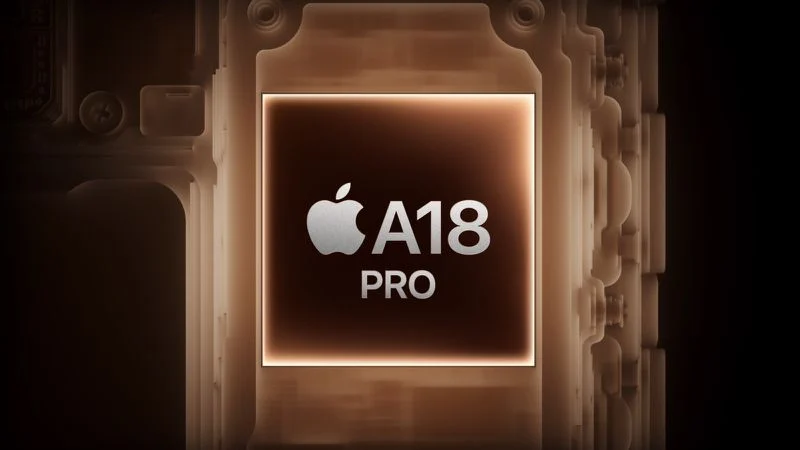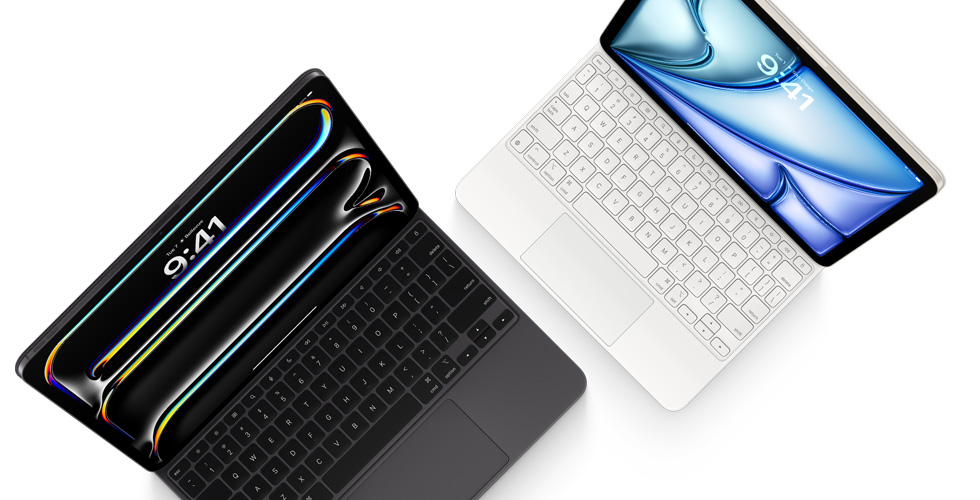Apple is reportedly creating a budget-friendly MacBook powered by the A18 Pro chip, the same one used in the iPhone 16 Pro, according to code findings shared by MacRumors. This would be the first Mac to use an iPhone chip instead of the usual M-series chips, which provide more power for tasks like handling large memory or supporting multiple displays.
The new MacBook, identified as “Mac17,1” in Apple’s code, is expected to feature a 13-inch screen and come in fun colors like silver, blue, pink, and yellow. Analyst Ming-Chi Kuo suggests this MacBook could hit mass production by late 2025 or early 2026, with a possible launch in the first half of 2026.
Apple hopes this affordable model will boost MacBook sales, aiming for it to make up 20–28% of total sales. The A18 Pro chip should offer strong performance for everyday tasks and support Apple Intelligence features, though it may have less power than M-series chips for heavy-duty work.
This MacBook could appeal to students or casual users looking for a cheaper option. There’s also speculation it might run iPadOS instead of macOS, making it feel more like an iPad in a laptop form. Pricing and exact specs, like memory or storage, are still unclear, but this could be Apple’s answer to compete with budget laptops like Chromebooks.







